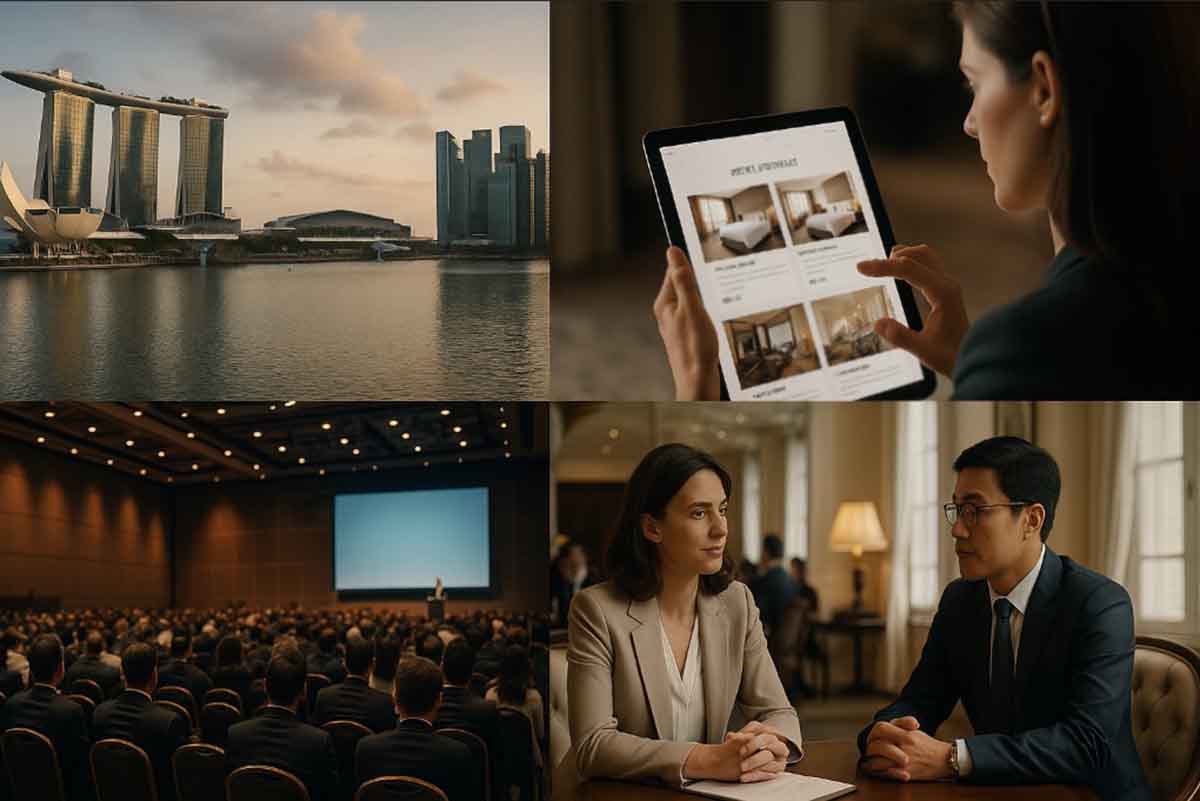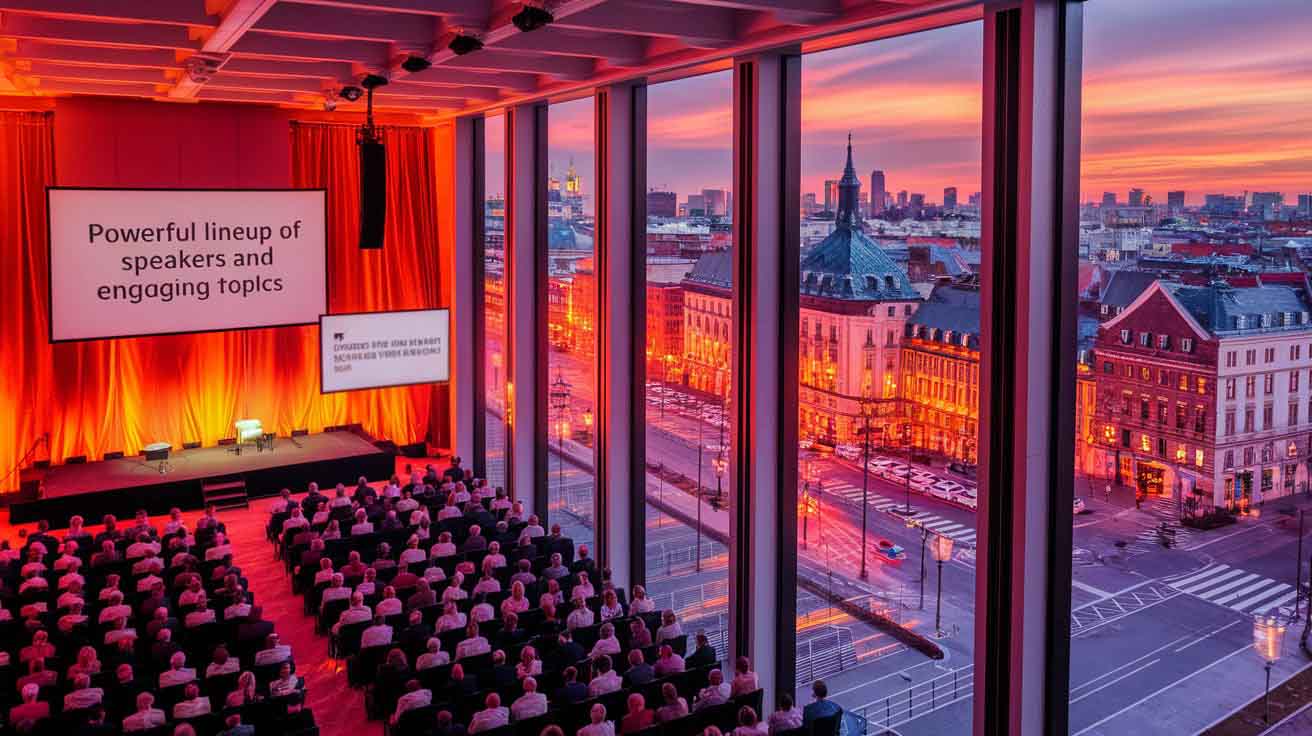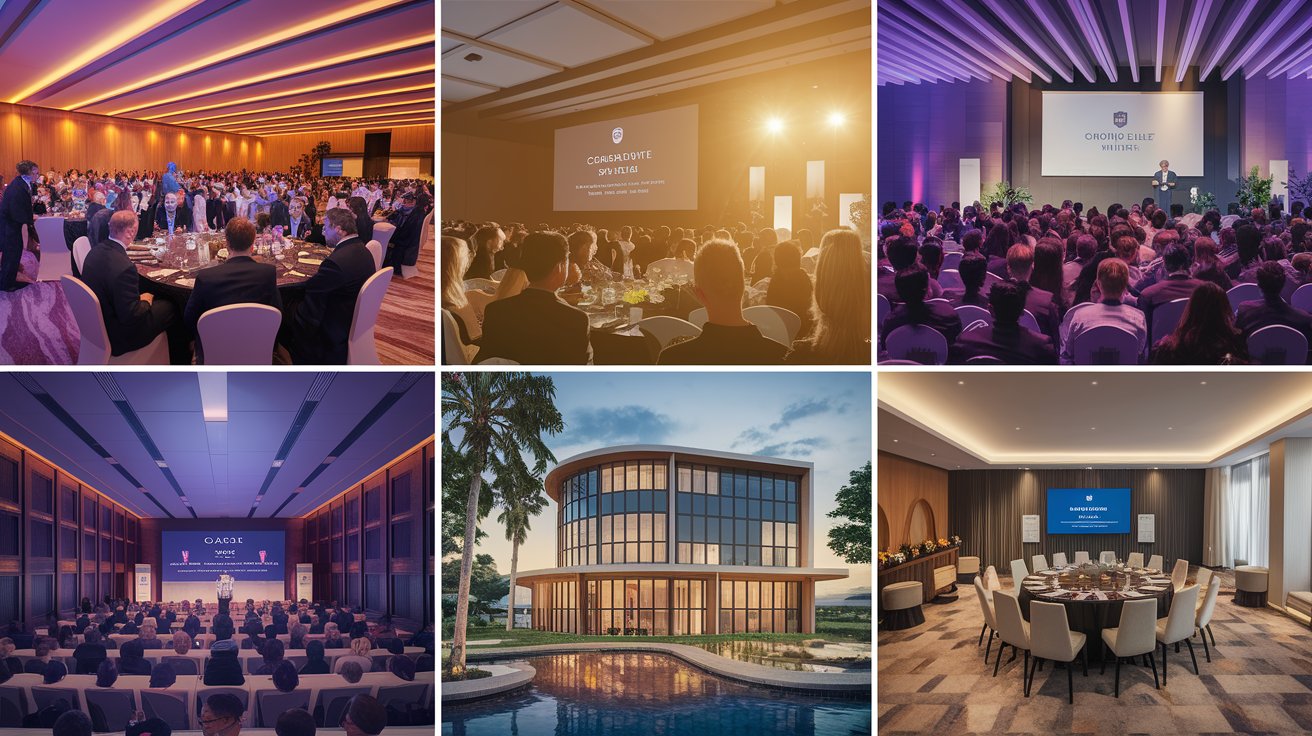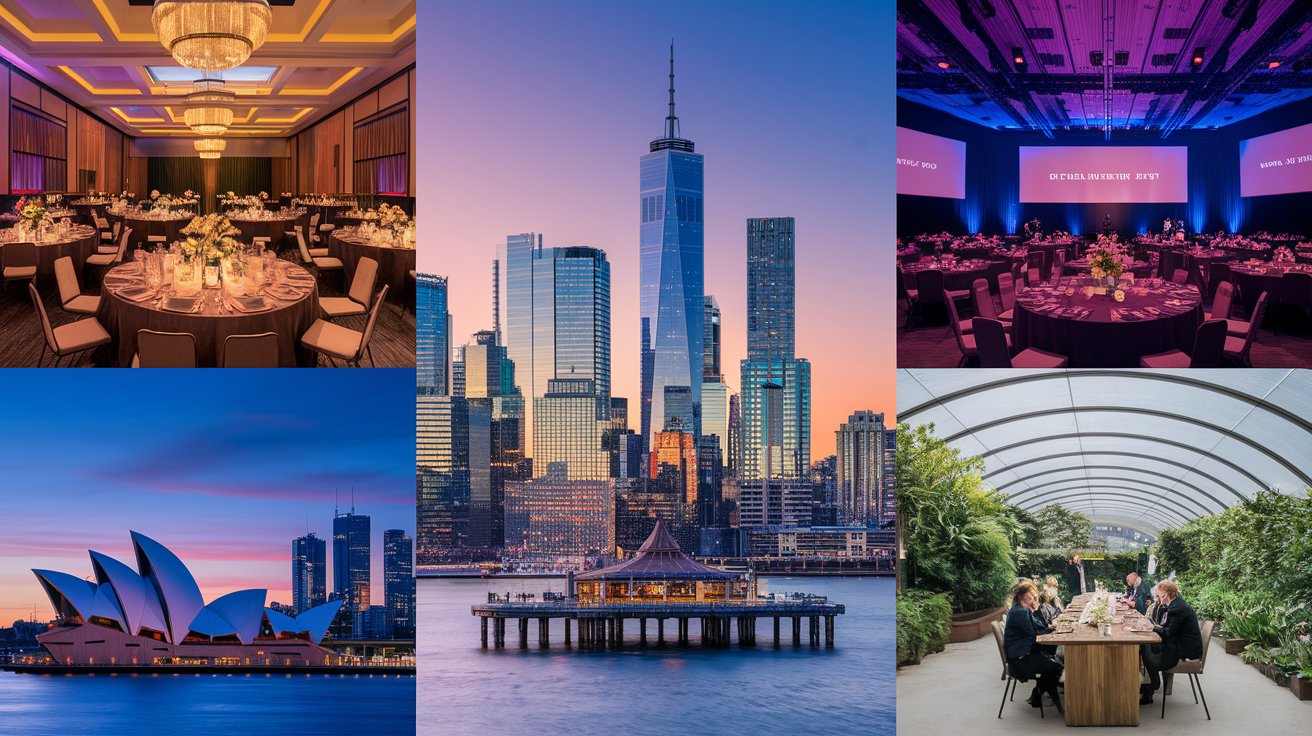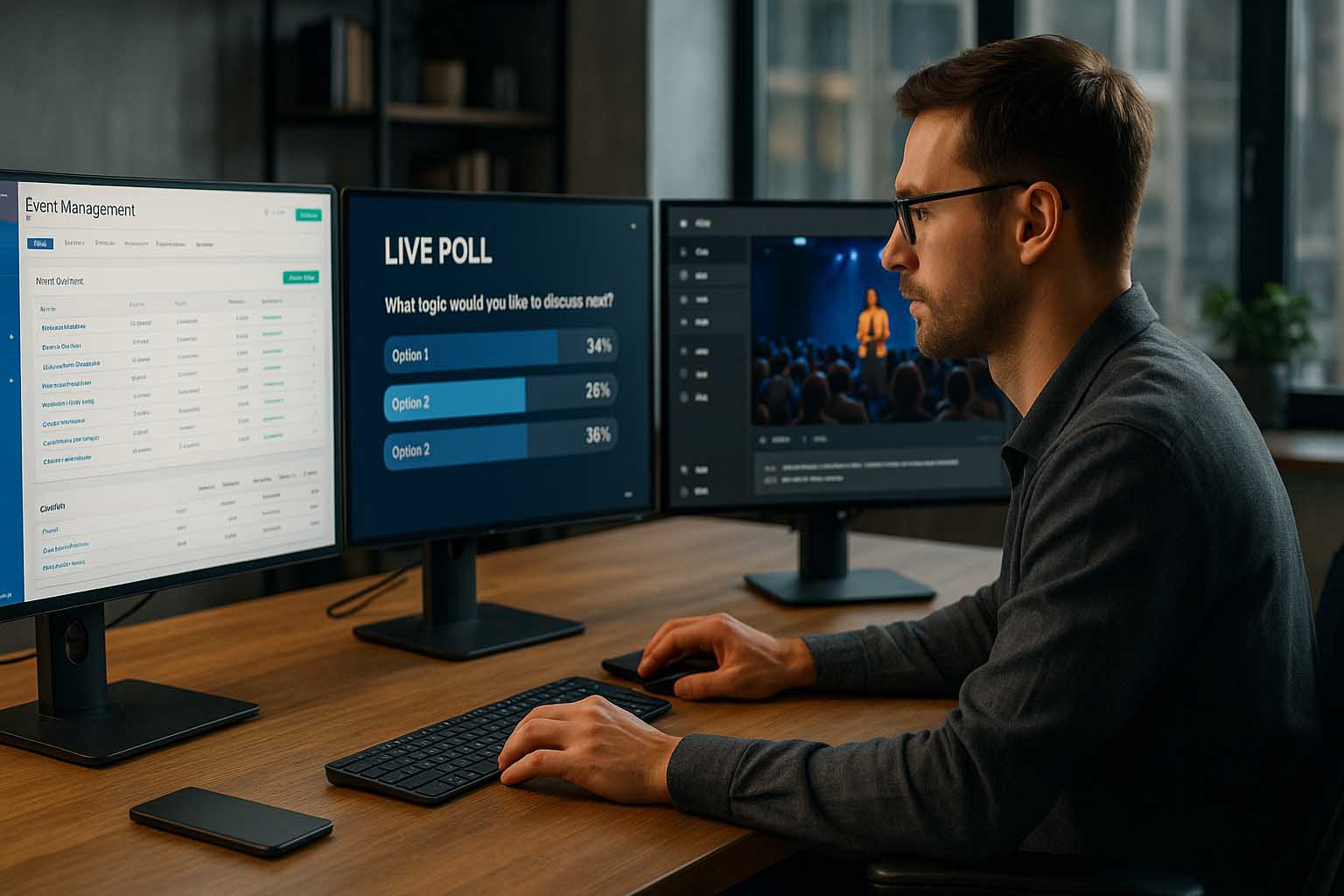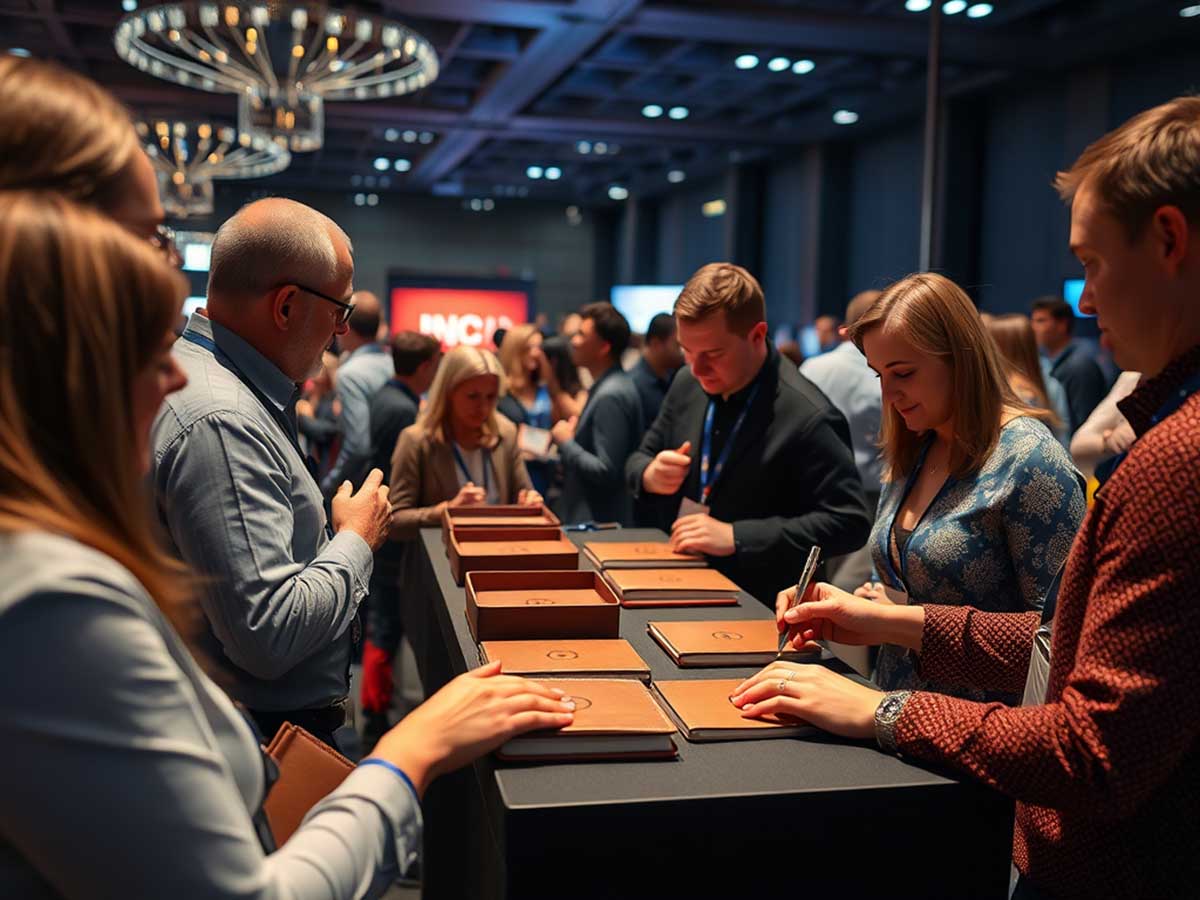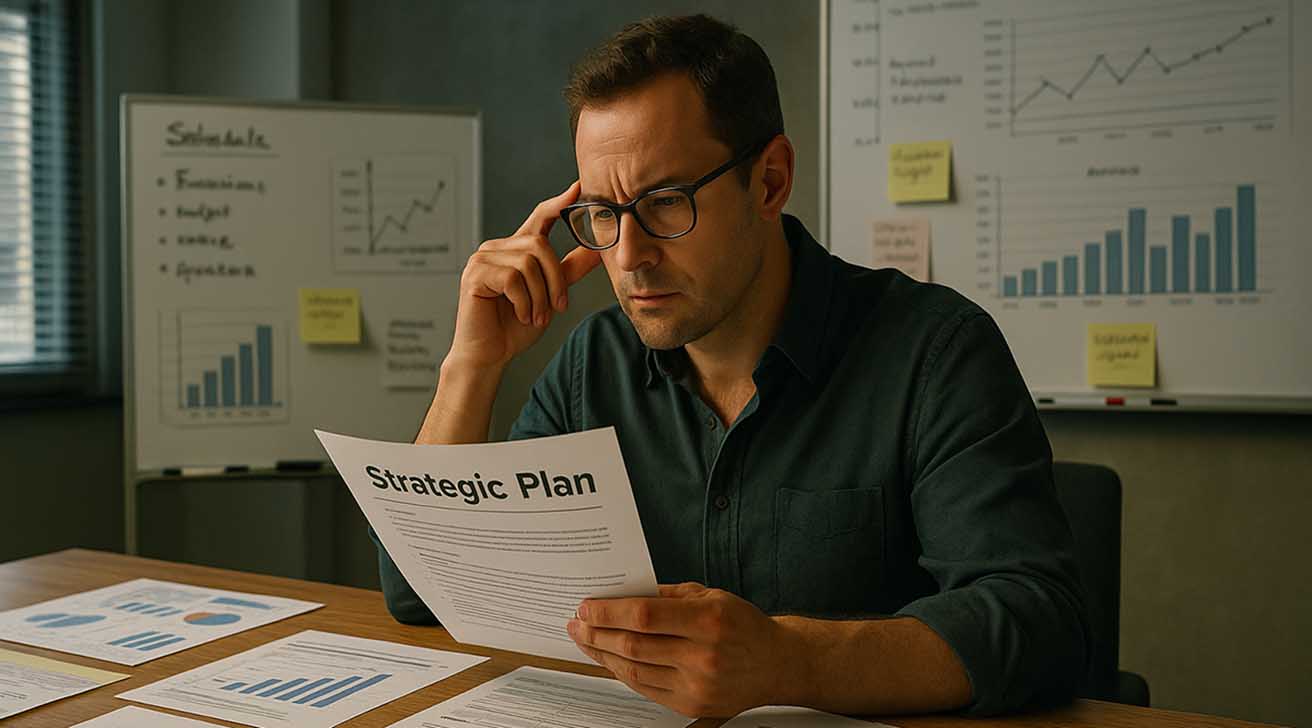Comparing Hotel Conference Packages Across Singapore
Planning an international conference is like stitching a complex fabric in every detail, from AV setup to coffee breaks, shaping the experience. In a city-state renowned for hosting large-scale events efficiently, choosing the right hotel venue in Singapore often sets the foundation for a successful gathering. Whether managing a Fortune 500 summit or a nonprofit forum, comparing hotel packages carefully ensures every delegate is well accommodated.
- Capacity and adaptability: Ranges from Marina Bay Sands’ 120,000 m2 of flexible space for 45,000 attendees to Raffles Singapore’s 2,500 m2 of colonial-style charm.
- Cost and value: Day delegate rates start from SGD 80 in midrange hotels, rising to SGD 180 at luxury properties with premium inclusions.
- Technology and sustainability: Livestream-ready ballrooms, carbon-neutral options, and touchless services are increasingly standard.
Why Side-by-Side Comparison Matters
Each country has its own way of welcoming guests. Singapore is known for precision, but hotel offerings differ in pricing, service quality, and room variety. Comparing packages lets you balance cost with the experience your international guests expect. Many properties now update their offerings yearly. For instance, Marina Bay Sands will soon add 110,000 sq ft of expo space, while boutique venues are upgrading hybrid studios to support online formats.
Criteria to Evaluate Venues
Size and Capacity
Marina Bay Sands (MBS) offers Southeast Asia’s largest ballroom and can host 45,000 attendees across its Expo facilities.
Raffles City Convention Centre, located at Swissôtel The Stamford, features 104,000 sq ft of event space and 34 meeting rooms. It’s ranked among the Top 15 meeting hotels in Asia-Pacific by Cvent.
Raffles Singapore presents 2,500 m2 of elegant colonial space, ideal for senior-level executive retreats.
Shangri-La Singapore is popular for its sculpted gardens and tailored meeting plans for 10 to 1,200 guests.
Not all events need massive convention halls. Product launches benefit from high-ceiling ballrooms, while C-level brainstorming sessions feel at home in sunlit heritage boardrooms.
Rates and Inclusions
Packages often use a day delegate rate (DDR) structure. Check if it includes high-speed Wi-Fi, a three-course lunch, coffee breaks, and AV support. MBS charges a higher DDR but includes an AV technician, 24/7 tech support, and a dedicated event manager. Midsize hotels along Orchard Road offer more modest rates but with basic inclusions like projectors and buffet lunches.
Service and Support
Staff reliability matters. Luxury venues often assign a dedicated planner from the initial walkthrough to the post-event review. Other hotels may assign a general coordinator juggling multiple clients. For international guests, look for multilingual staff, allergy-aware menus, and concierge services that can arrange post-event cultural tours.
Hybrid Capabilities
Even in-person conferences now include online components. MBS has studio-quality lighting and a strong fiber backbone. Shangri-La provides webcast kits that are easy to deploy. Raffles City includes simultaneous translation booths, ideal for multi-regional panels.
Highlights of Major Hotel Venues
Marina Bay Sands
A symbol of Singapore’s skyline, MBS can host morning plenary sessions, afternoon expos, and evening galas all in one place. Networking becomes seamless when everything happens within the same complex.
Raffles City Convention Centre
Centrally located near City Hall MRT, this venue combines accessibility with modern space. It’s well-suited for regional trade shows with 800 to 1,500 attendees, thanks to nearby public transport and on-site shopping.
Shangri-La Singapore
Though smaller than MBS, the tranquil gardens of Shangri-La offer a peaceful break from the city buzz. It’s a great option for wellness-focused events or smaller international forums. Their hybrid studio and eco-friendly meeting programs support tech-forward and sustainable gatherings.
Raffles Singapore
For intimate groups of 60–150, Raffles Singapore delivers classic charm and personalized service. Its Presidential Suite boardroom adds prestige to confidential meetings. The higher price per square meter may be worth it for brands targeting exclusivity.
Breaking Down Financial Value
Evaluating DDR should go beyond just the quoted figure. Additional charges may apply:
AV technician: If not included, expect SGD 800–1,200 per day.
Coffee upgrades: Artisan snacks or plant-based options can add SGD 10–15 per guest.
Late extension: Going beyond 10 p.m. may incur fees starting at SGD 1,500.
Environmental surcharges: Carbon offset programs may cost SGD 2–4 per guest, depending on the hotel’s system.
A seemingly expensive package may end up saving money if it includes high-end tech and full support, unlike a basic option with hidden costs.
Transport and Convenience
In a compact city like Singapore, traffic during peak hours can delay both booth setup and guest check-outs. Consider:
- MRT proximity
- Loading dock access
- Availability of setup time the day before
MBS and Raffles City are centrally placed. Resorts in Sentosa may offer scenic backdrops but require extra time for arrival and departure.
Catering Quality and Flexibility
Global attendees come with a variety of dietary needs. Most five-star venues offer halal-certified, vegetarian, and allergen-sensitive meals. However, kosher or Jain meal requests may carry surcharges of up to SGD 25 per person. Always confirm inclusivity in advance.
Audience Engagement Tools
Conference apps are increasingly integrated. Some venues offer in-house solutions for scanning badges or tracking foot traffic. At MBS, access to a visitor analytics portal is standard. In contrast, midrange hotels might list this as an optional add-on.
Venue Types: Pros and Cons
Integrated Resorts (MBS, Sentosa): Pros: Massive capacity, full-service dining, advanced tech setup. Cons: Higher rates and long walking distances between rooms and ballrooms.
Heritage Hotels (Raffles): Pros: Distinctive ambiance, highly personalized service, strong appeal for VIPs. Cons: Limited space and high cost per meter.
Garden Venues (Shangri-La): Pros: Quiet setting with outdoor breakout areas. Cons: Tighter sound regulations and fewer nearby dining options.
City-Connected Hotels (Raffles City): Pros: Direct MRT access and flexible space. Cons: High demand during peak periods, limited open-air networking spots.
Final Considerations Before Booking
Singapore remains a compact yet dynamic hub for global conferences. Weighing floor area, bundled features, and tech support can elevate a delegate’s overall experience from check-in to final farewell. Speak with each hotel’s events team, request the latest menus and floor plans, and review all terms thoroughly. These steps help ensure your event stays organized, impactful, and budget-conscious.
